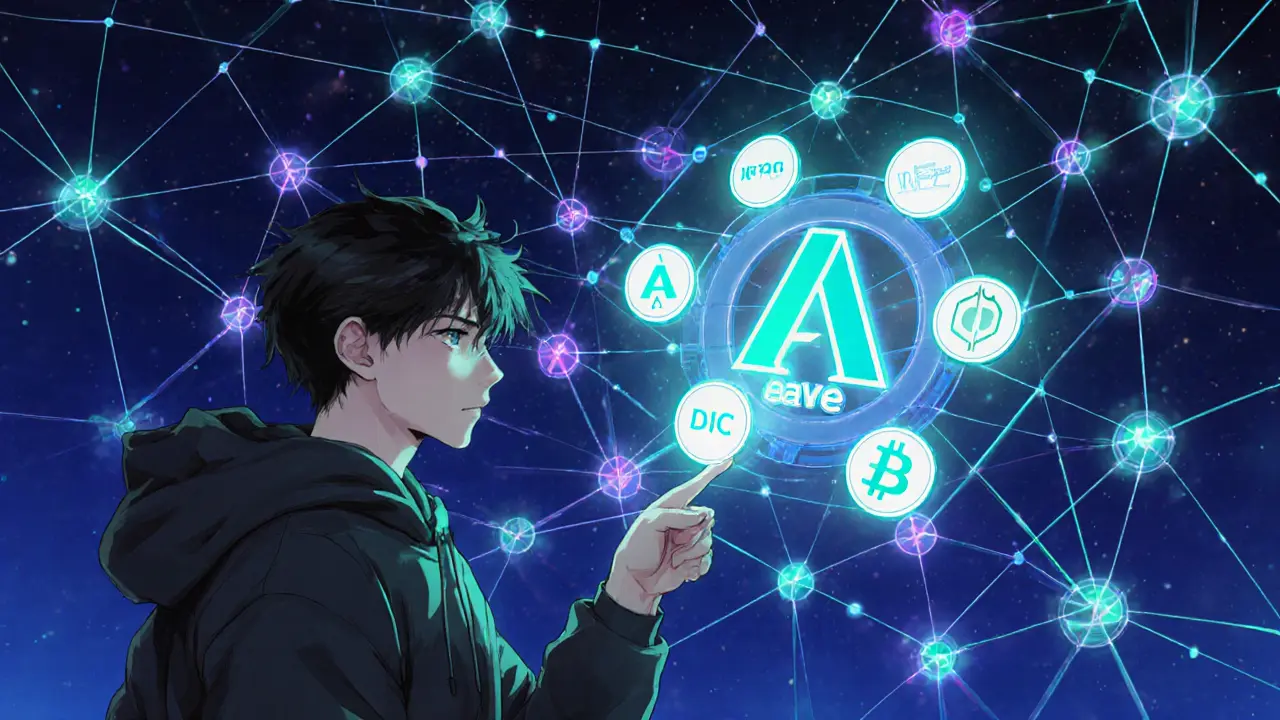Flash Loans: Instant, Trustless Borrowing in DeFi
When working with flash loans, instant, unsecured loans that must be repaid within a single blockchain transaction. Also known as instant DeFi loans, they let users borrow large sums without collateral, leveraging smart contracts, self‑executing code that runs automatically on a blockchain and the capital sitting in liquidity pools, collections of assets that provide on‑chain funding for traders. Because the whole operation happens in one atomic step, there’s no risk of default—if the repayment fails, the transaction reverts entirely. This unique structure fuels arbitrage, the practice of buying low on one market and selling high on another in the same transaction and other advanced strategies across the broader decentralized finance (DeFi), financial services built on blockchain without traditional intermediaries ecosystem. In short, flash loans flash loans combine instant borrowing, smart‑contract automation, pool liquidity, and arbitrage opportunities into one powerful tool.
Why Flash Loans Matter and How They’re Used
Traders love flash loans because they remove the need for upfront capital. A typical use case is triangular arbitrage: a bot spots a price mismatch between three tokens on different DEXes, pulls a flash loan, swaps the tokens to capture the spread, and repays the loan—all before the block closes. Another popular pattern is collateral swapping, where a user replaces one collateral asset with a better‑performing one without liquidating their position. Developers also use flash loans for debt refinancing, liquidation bots, and even for testing market impact without risking real funds. The key requirements are simple: a reliable smart‑contract implementation, access to a deep liquidity pool (often provided by protocols like Aave or dYdX), and a strategy that can finish within the transaction gas limit. If any step fails, the blockchain rolls back, protecting both the lender and the borrower.
While the opportunities are enticing, flash loans aren’t without risks. Gas price spikes can make a once‑profitable arbitrage unviable, and poorly written contracts can expose users to re‑entrancy attacks. Regulators are also keeping an eye on the space because flash‑loan‑driven exploits have caused high‑profile DeFi hacks. That’s why many platforms now offer flash‑loan insurance or limit the maximum loan size per block. Understanding the mechanics—how smart contracts enforce atomicity, how liquidity pools source capital, and how arbitrage closes the loop—helps you gauge whether a strategy is worth the effort. Below you’ll find a curated set of articles that dive deeper into each of these angles, from real‑world use cases to security best practices.
